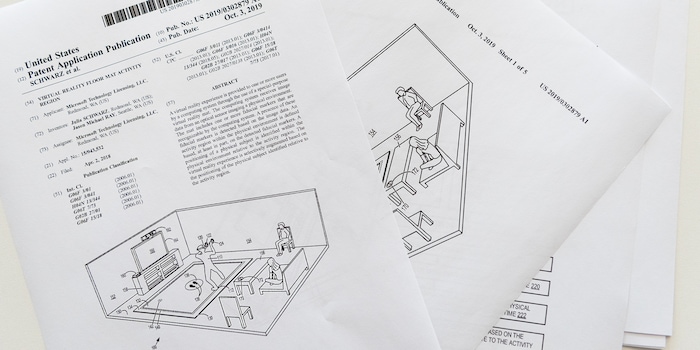
Is Microsoft planning VR support for the next Xbox?
Microsoft has patented a carpet-like mat. The whole thing is called the "Virtual Reality Floor Mat Activity Region". Indications also point to VR support for the new Xbox.
One or more players are immersed in a VR experience provided by a computer system - with the help of a customised virtual reality mat. This is the first sentence of the patent application filed by Microsoft in April 2019 and published on 3 October. This mat is intended to help VR players avoid obstacles when playing virtual games. According to the image on the front page, a VR headset, controller, camera and console are still required; the mat does not work on its own.
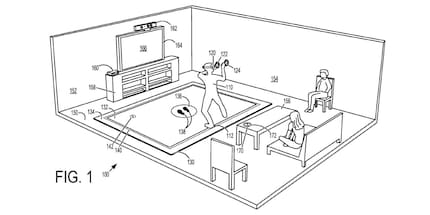
No more crashes?
The patent application addresses a problem that many VR users are familiar with: Playing with a VR headset completely cuts you off from the environment. Parlour tables, walls, bookcases and decorative objects become invisible and therefore a real danger in virtual reality.
Current systems use protective mechanisms to prevent this from happening: Either you have to determine your radius of action before playing the game or the VR goggles switch off completely as soon as you leave the safe area you have defined. So far, however, these features have not been able to prevent all VR accidents. In 2017, a Russian man is said to have died while playing a game because he fell through a glass table while wearing VR glasses.
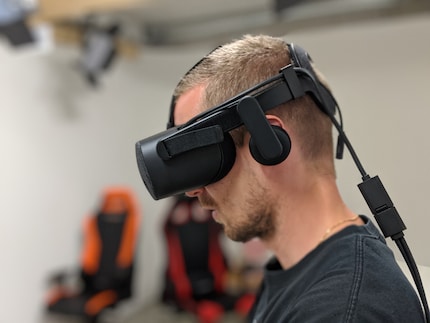
Some players then covered their floors with special mats in order to receive real haptic feedback in addition to virtual feedback as soon as they leave the defined area. The patent filed by Microsoft is based precisely on this idea - with many other extras and functions compared to conventional floor mats, of course.
Dedicated start position, pressure sensors and vibrations
For example, the patent mentions boundary markers that indicate to the headset that a mat is being used, how big it is and where it ends. A possible starting position from which the VR games can be started is also mentioned. Special foot markings in the centre of the mat indicate this.
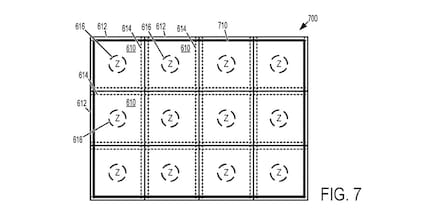
The patent application also mentions pressure sensors. These are to be installed directly in the mat and enable the associated computer system to recognise whether the gamer is standing on the mat and, if so, where - without an additional optical sensor.
The patent also mentions haptic feedback in the form of vibrations to make the VR experience seem even more realistic. Different sizes are also conceivable: The mat is to be divided into squares that can be expanded.
Xbox soon with VR?
What makes the patent particularly interesting are discussions about a new Xbox console with VR support. Since Kinect, this area seemed to have been forgotten at Microsoft. This patent application changes this abruptly: although it is usually only referred to as a computer or computing system, a section also mentions that this computer could also be a console and the controller peripherals. The image shows the outline of an Xbox console and a Kinect controller.
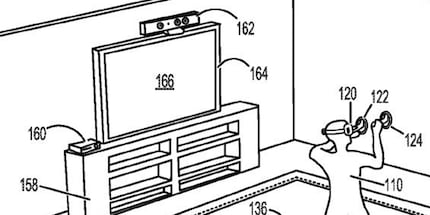
Such patent applications are received regularly and do not necessarily indicate the development of a new console. It may well be that Microsoft simply wants to protect itself against the competition in all directions. After all, the term VR was not even mentioned during the presentation of the new Xbox at E3 this year.
So if this patent doesn't point to a new Xbox with VR support, then at least it points to an injury-free future for gamers in virtual reality.
When I'm not stuffing my face with sweets, you'll catch me running around in the gym hall. I’m a passionate floorball player and coach. On rainy days, I tinker with my homebuilt PCs, robots or other gadgets. Music is always my trusted companion. I also enjoy tackling hilly terrain on my road bike and criss-crossing the country on my cross-country skis.
From the latest iPhone to the return of 80s fashion. The editorial team will help you make sense of it all.
Show all